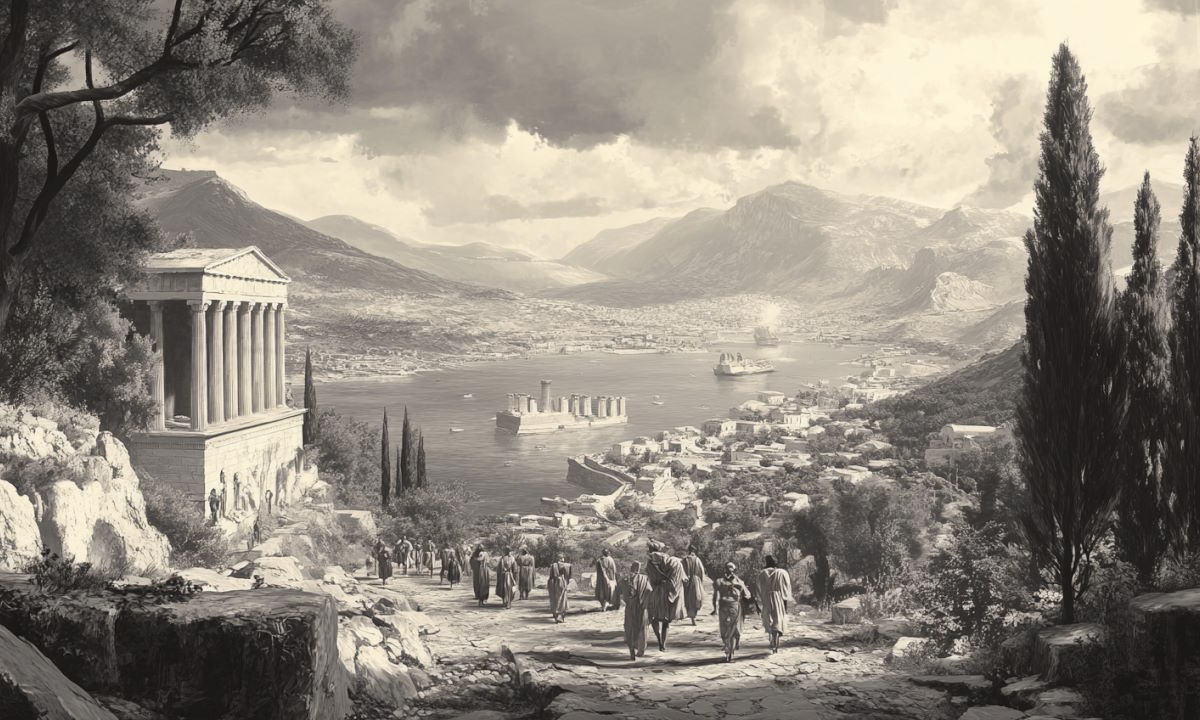The ancient theater of Epidaurus stands as one of the most remarkable cultural landmarks of ancient Greece, famed for its extraordinary acoustics and harmonious architecture. The performances held there were far more than just entertainment—they were integral to religious and cultural festivals. But in an era without modern transportation, how did the ancient Greeks make their way to Epidaurus to attend these theatrical events?
A Challenging Journey to Epidaurus
Reaching Epidaurus was no simple feat. Nestled in a relatively secluded part of the Peloponnese, the site was accessible via both land and sea routes. Many theatergoers traveled by ship from Athens, Corinth, and other Greek cities, anchoring at nearby ports such as the one in Epidaurus. From there, they completed the journey on foot or by carriage, as paved roads like those we have today did not exist.
Wealthier attendees often traveled in horse-drawn carriages, while those of lower means made the trek on foot, navigating rugged and uneven paths. The journey was demanding, but the prospect of witnessing the finest theatrical productions of the time provided strong motivation. These performances were closely tied to the worship of Asclepius, as the area was also home to the renowned Asclepion, one of antiquity’s most significant healing centers.
More Than Just Theater
For many visitors, the trip to Epidaurus was not solely about the theater—it was also a pilgrimage to the sanctuary of Asclepius. Accommodation options ranged from simple lodgings to makeshift camps around the sacred site, where merchants and artisans took advantage of the influx of people by selling goods and offering services. Major festivals like the Asklepieia attracted large crowds who spent days in the region, enjoying both the performances and the broader celebrations.
The ancient theater of Epidaurus was more than just a venue for dramatic arts—it was a cultural crossroads where people from different city-states gathered, forging unique social and religious connections. Attending a play there was not merely a form of entertainment; it was a profound communal and spiritual experience—one that made every step of the journey worthwhile.









